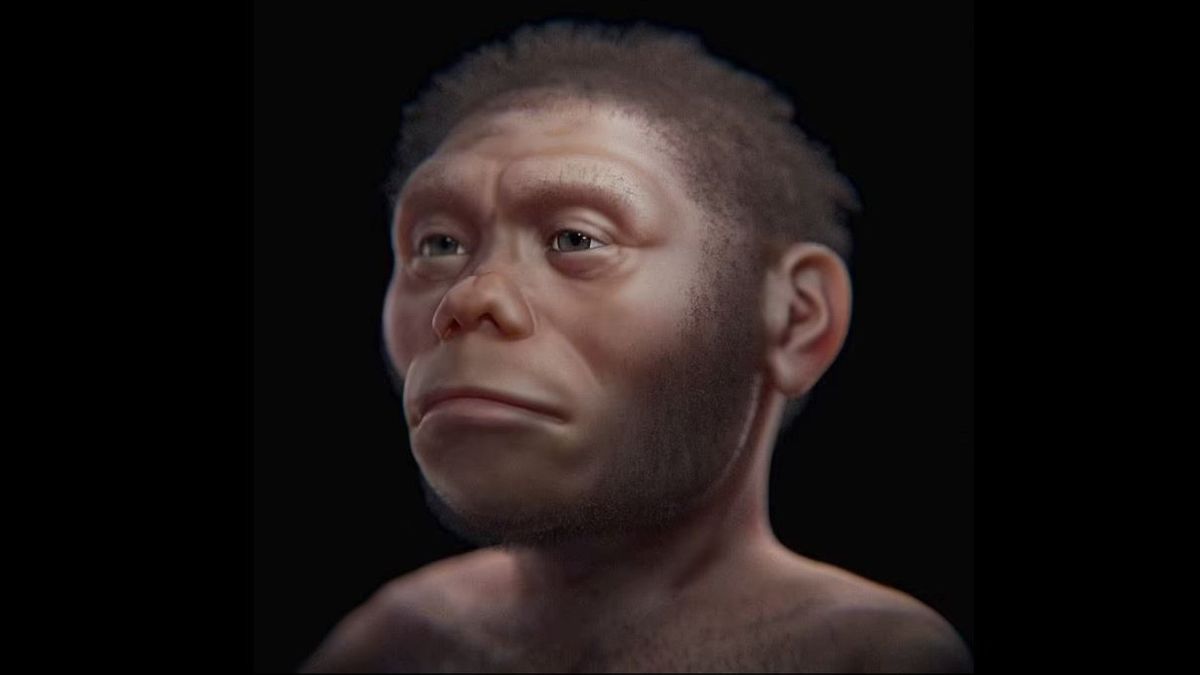JAKARTA - When we think of dies, maybe what appears in the mind is the figure of an OWNer of the Rings. However, clothes used to be a real species, in the form of an ancient species called Homo floresiensis.
Homo floressis was discovered in 2003, when its skeleton was found in a cave on the island of Flores, Indonesia.
Now, equipped with a digital skull model, a multinational team has reconstructed the skeleton's face using data taken from modern humans and chimpanzees.
Badminton Moraes, a Brazilian graphics expert who co-wrote this new study, explains some of the differences between this species and today's humans.
"Broadly speaking, they may have a nose that doesn't stand out like modern humans, the mouth region is more advanced than us, and their brain volume is much smaller," Moraes said, quoted by the Daily Mail. "They are also much shorter."
"When this skull was exhibited to the public in 2004, the film Lord of the Rings was very successful. Because the height of Homo floresis is estimated to be only 1.06 meters, the nickname 'Hobbit' is very suitable," he added.
Usually, when reconstructing the human face from a skull, scientists use live human data as a guide to determine how thick the tissue is in certain places. However, reconstructing the face of an extinct human species requires a new approach.
"In this study, we did not use such an approach, because such a marker is based on human data and is not an individual belonging to the Homo floresensis group. So what we did was, we took two CT scans, one from human and one from chimpanzee. Then we changed the two to fit to the Homo floresis skull structure, and interpolated the data to get an idea of how his face might be visible", she explained.
This is the first time the face of 'Hobbit' has been reconstructed using human and chimpanzee data. Previous reconstruction in 2015 used only data from chimpanzees.
"This requires more work, but we are very happy to be able to continue this challenging work. The results are quite satisfying, because they reveal faces with elements that remind us of modern humans and our evolutionary ancestors," said Moraes.
Initially, Homo floresiensis was estimated to be less than 20,000 years old, but now the framework is believed to be 60,000 years old.
Congratulations and colleagues, Italian archaeologists Luca and Alessandro Bezzi, will publish their study in the 3D OrtogOnLineMag computer graphics journal.
This study highlights the importance of homo floresis facial reconstruction using a different approach. By combining data from modern humans and chimpanzees, researchers can get a more accurate picture of the physical characteristics of this species.
The English, Chinese, Japanese, Arabic, and French versions are automatically generated by the AI. So there may still be inaccuracies in translating, please always see Indonesian as our main language. (system supported by DigitalSiber.id)












